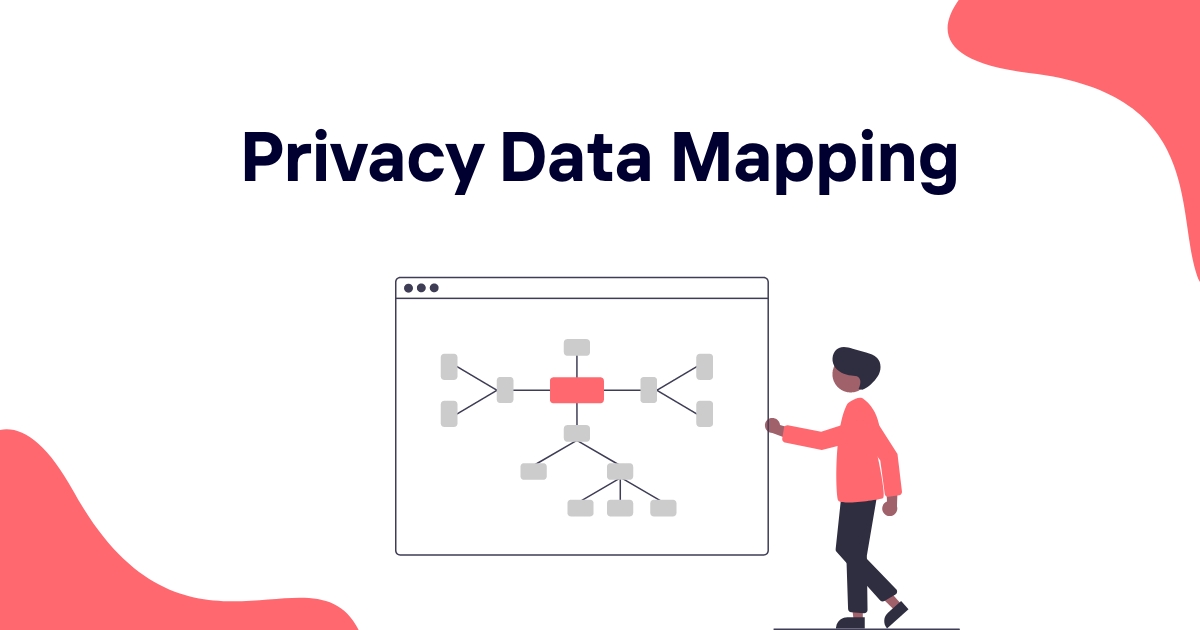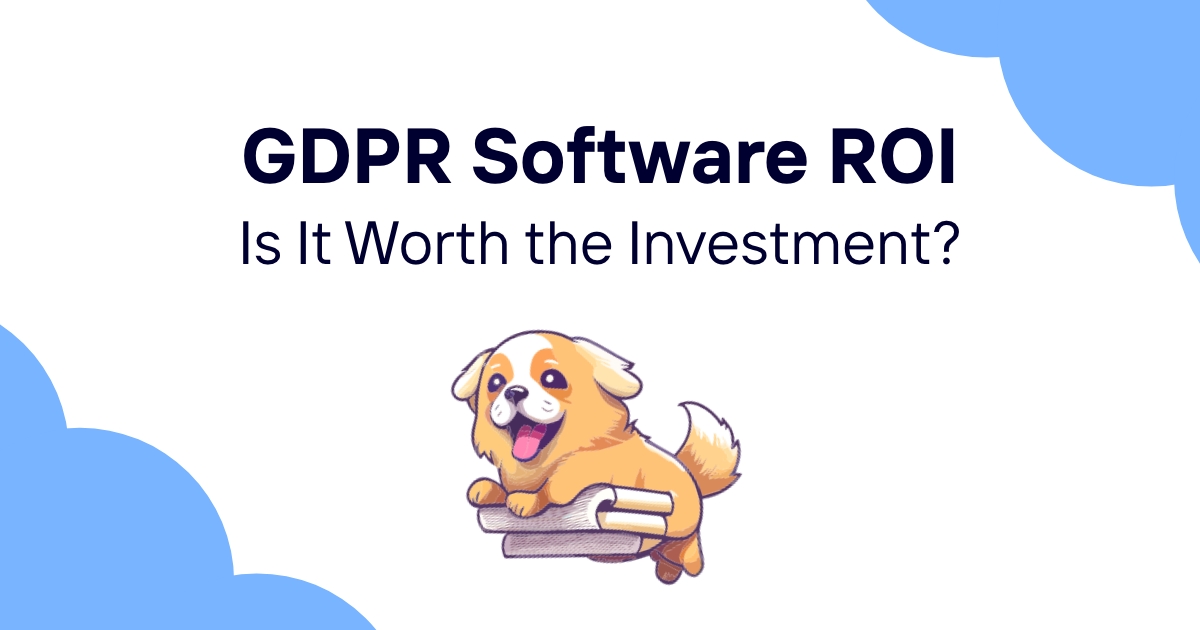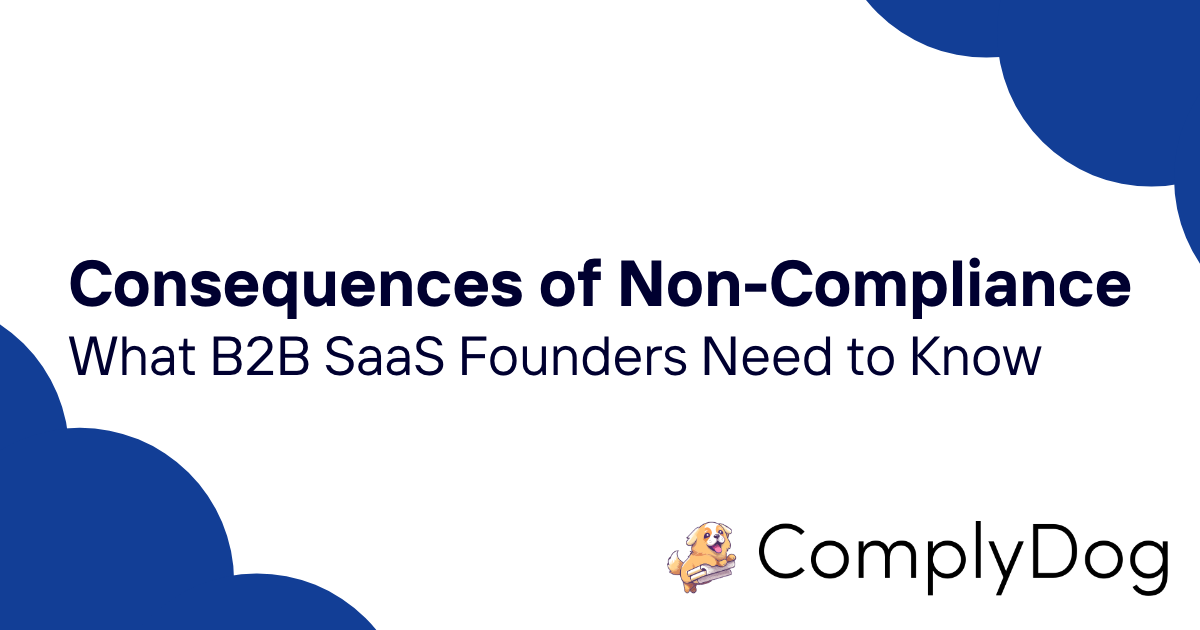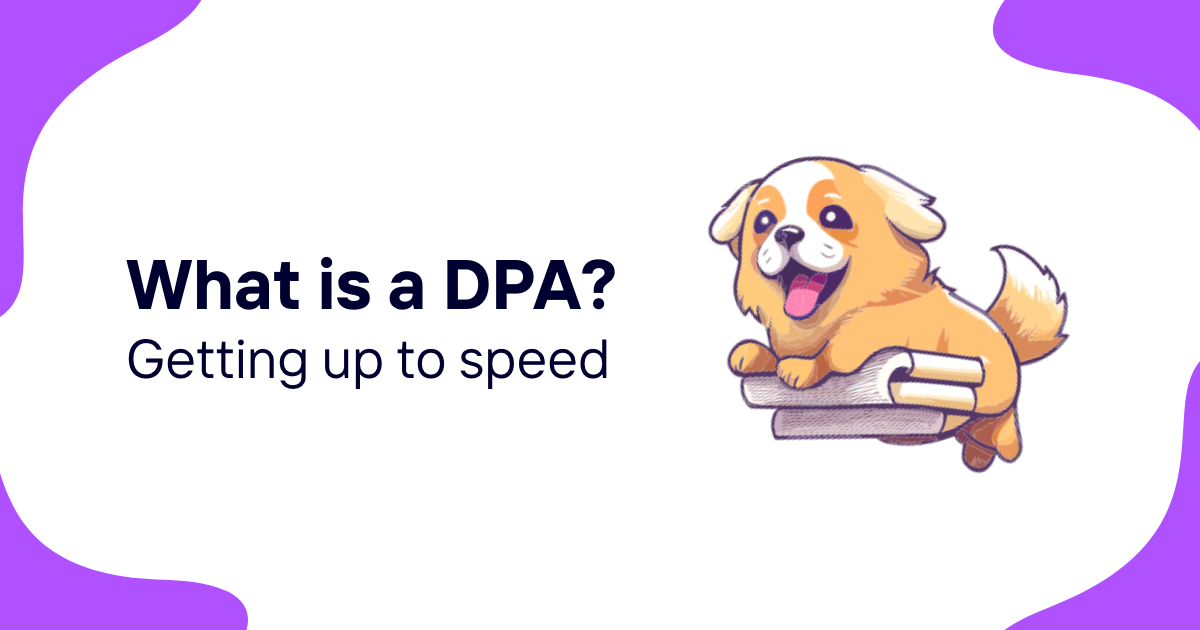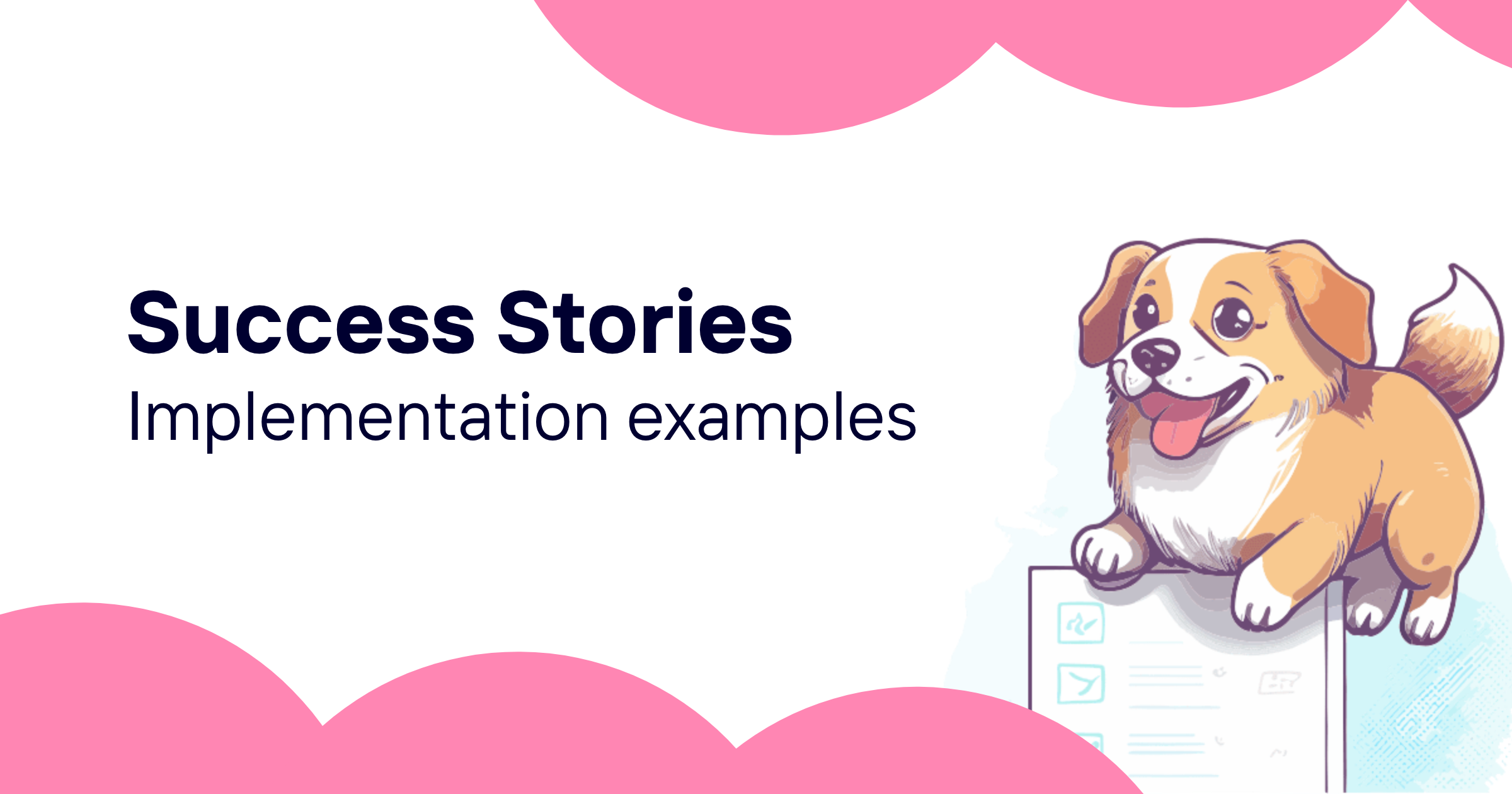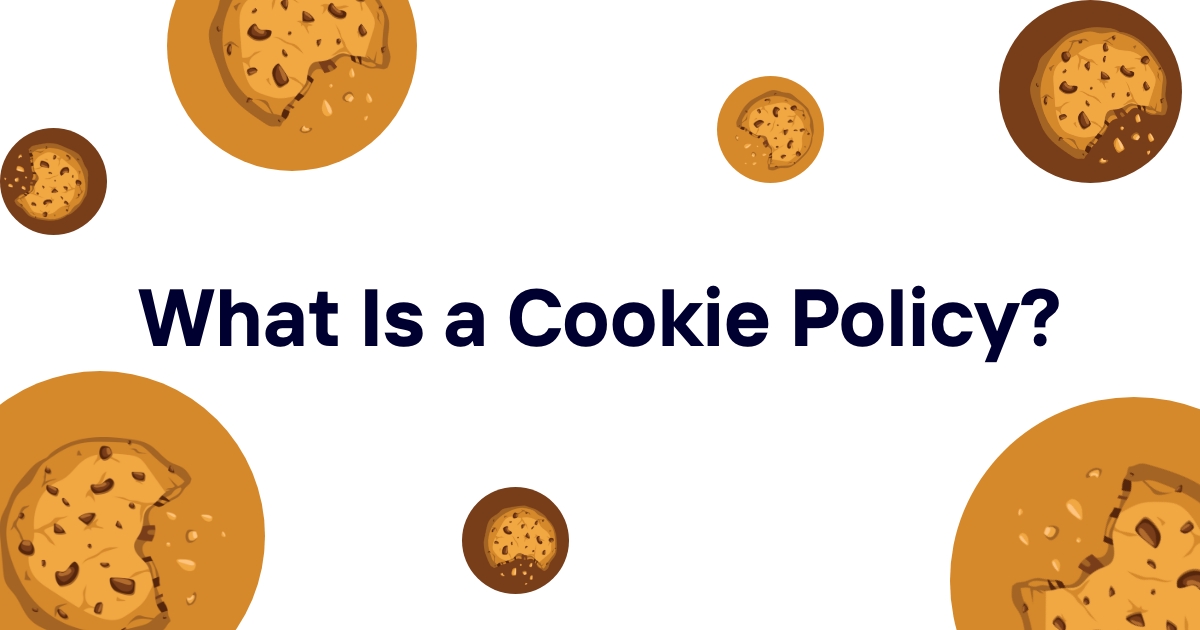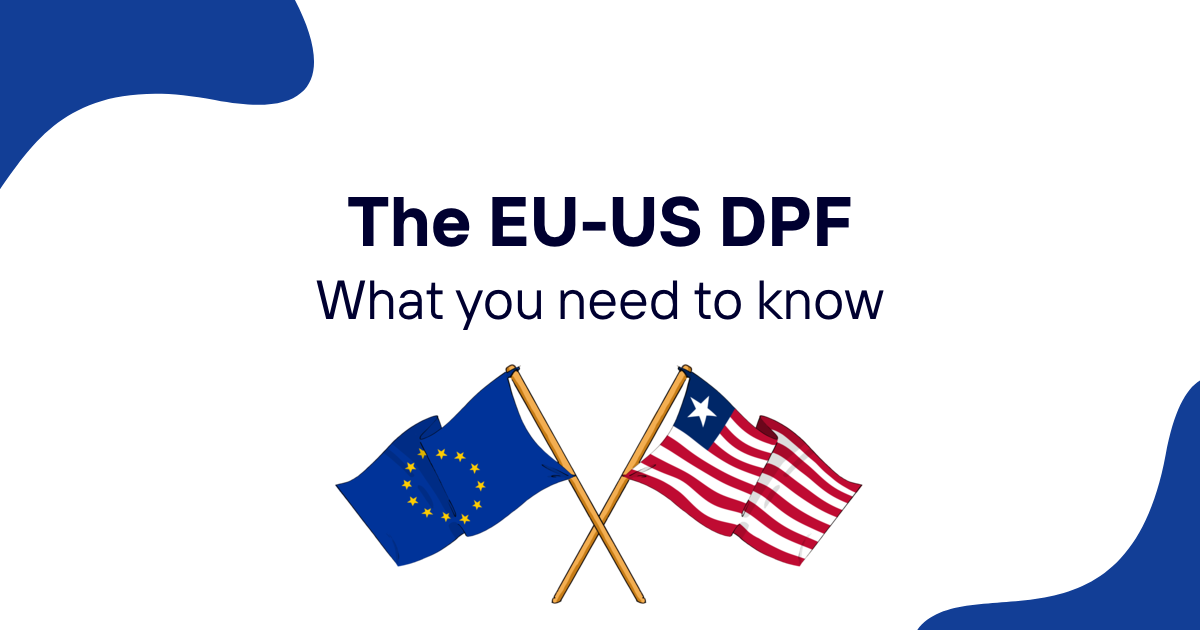Table of Contents
- Introduction
- What is Privacy Data Mapping?
- The Importance of Data Mapping for GDPR Compliance
- Key Components of a Privacy Data Map
- Steps to Create an Effective Data Map
- Manual vs. Automated Data Mapping
- Overcoming Common Data Mapping Challenges
- Best Practices for Privacy Data Mapping
- How Data Mapping Supports Other GDPR Requirements
- Maintaining and Updating Your Data Map
- Tools and Software for Data Mapping
- Conclusion
Introduction
Privacy data mapping is a critical process for organizations aiming to comply with data protection regulations like the General Data Protection Regulation (GDPR). It provides a comprehensive view of how personal data flows through an organization, from collection to deletion. This guide will explore the ins and outs of privacy data mapping, offering practical advice for businesses looking to enhance their data protection practices and achieve GDPR compliance.
What is Privacy Data Mapping?
Privacy data mapping is the process of creating a detailed inventory of an organization's personal data processing activities. It involves documenting what personal data is collected, how it's used, where it's stored, who has access to it, and how it moves both within and outside the organization.
A data map serves as a visual representation of data flows, helping organizations:
- Identify all instances of personal data processing
- Understand data lifecycles from collection to deletion
- Recognize potential risks and vulnerabilities in data handling
- Ensure compliance with data protection regulations
- Respond efficiently to data subject requests
The Importance of Data Mapping for GDPR Compliance
Data mapping is not explicitly required by the GDPR, but it's considered a best practice and is essential for meeting several GDPR obligations:
-
Article 30 - Records of Processing Activities: Data mapping provides the foundation for maintaining detailed records of processing activities, a requirement for many organizations under the GDPR.
-
Article 35 - Data Protection Impact Assessments: A comprehensive data map is crucial for conducting effective DPIAs, which are mandatory for high-risk processing activities.
-
Article 15-22 - Data Subject Rights: Data mapping enables organizations to quickly locate and access an individual's data, facilitating timely responses to data subject requests.
-
Article 32 - Security of Processing: Understanding data flows helps identify security risks and implement appropriate technical and organizational measures.
-
Article 5 - Data Protection Principles: Data mapping supports adherence to key principles such as data minimization, purpose limitation, and storage limitation.
Beyond compliance, data mapping offers several business benefits:
- Improved data governance and quality
- Enhanced operational efficiency
- Better-informed decision-making about data usage
- Increased trust from customers and stakeholders
Key Components of a Privacy Data Map
An effective privacy data map should include the following key elements:
-
Data Categories: Types of personal data collected (e.g., name, email, IP address)
-
Data Subjects: Categories of individuals whose data is processed (e.g., customers, employees)
-
Collection Methods: How the data is obtained (e.g., web forms, mobile apps, third-party sources)
-
Processing Purposes: Reasons for collecting and using the data
-
Data Storage: Where the data is kept and in what format
-
Data Transfers: Movement of data within the organization and to external parties
-
Retention Periods: How long the data is kept before deletion
-
Security Measures: Safeguards in place to protect the data
-
Legal Basis: The lawful grounds for processing under GDPR Article 6
-
Data Processors: Third parties that handle the data on behalf of the organization
Here's an example of how these components might be organized in a simple data mapping table:
| Data Category | Data Subjects | Collection Method | Purpose | Storage Location | Retention Period | Security Measures | Legal Basis |
|---|---|---|---|---|---|---|---|
| Email Address | Customers | Web Form | Marketing | CRM Database | 2 Years | Encryption, Access Controls | Consent |
| Employee ID | Employees | HR System | Payroll | HR Database | Duration of Employment + 7 Years | Encryption, Role-Based Access | Legal Obligation |
Steps to Create an Effective Data Map
Creating a comprehensive data map involves several key steps:
-
Assemble a Cross-Functional Team: Include representatives from IT, legal, compliance, and key business units.
-
Identify Data Processing Activities: List all processes that involve personal data.
-
Gather Information: Use surveys, interviews, and system analysis to collect details about data flows.
-
Document Data Elements: Record the specific types of personal data involved in each process.
-
Map Data Flows: Visualize how data moves through your organization and to third parties.
-
Assess Risks: Identify potential vulnerabilities or compliance gaps in your data handling practices.
-
Implement Controls: Develop and apply appropriate safeguards based on identified risks.
-
Review and Update: Regularly revisit your data map to ensure it remains accurate and up-to-date.
Manual vs. Automated Data Mapping
Organizations can approach data mapping through manual or automated methods, each with its own advantages and challenges:
Manual Data Mapping
Pros:
- Allows for nuanced understanding of complex processes
- Can be more cost-effective for small organizations
- Facilitates direct engagement with stakeholders
Cons:
- Time-consuming and labor-intensive
- Prone to human error and inconsistencies
- Difficult to keep up-to-date in dynamic environments
Automated Data Mapping
Pros:
- Faster and more efficient, especially for large datasets
- Provides real-time updates and monitoring
- Reduces the risk of human error
- Scales easily as the organization grows
Cons:
- Initial setup costs can be high
- May require integration with existing systems
- Can miss nuanced or non-standard data flows
For most organizations, a hybrid approach combining manual oversight with automated tools often yields the best results. This allows for the efficiency of automation while still benefiting from human insight and contextual understanding.
Overcoming Common Data Mapping Challenges
Data mapping can present several challenges. Here are some common issues and strategies to address them:
-
Data Silos: Break down organizational barriers and promote cross-departmental collaboration.
-
Legacy Systems: Invest in modernization or develop custom integrations for older systems.
-
Shadow IT: Implement policies to discover and manage unauthorized software and services.
-
Data Complexity: Use data classification tools to categorize and organize complex datasets.
-
Resource Constraints: Prioritize critical data flows and gradually expand the scope of mapping.
-
Keeping Maps Current: Implement change management processes and use automated updating tools.
-
Inconsistent Terminology: Develop a standardized data dictionary across the organization.
-
Third-Party Data Handling: Conduct thorough due diligence and maintain clear contracts with data processors.
Best Practices for Privacy Data Mapping
To ensure your data mapping efforts are effective and compliant, consider these best practices:
-
Start with High-Risk Areas: Prioritize mapping processes that involve sensitive data or high-volume processing.
-
Use Consistent Methodology: Develop a standardized approach to ensure uniformity across different departments.
-
Involve Data Owners: Engage with the individuals responsible for various data processes to ensure accuracy.
-
Document Assumptions: Clearly note any assumptions made during the mapping process for future reference.
-
Leverage Existing Documentation: Use information from privacy policies, consent forms, and contracts as a starting point.
-
Create Visual Representations: Use flowcharts or diagrams to make data flows easily understandable.
-
Conduct Regular Audits: Periodically review and validate the accuracy of your data map.
-
Integrate with Business Processes: Embed data mapping into your project management and change control procedures.
-
Train Your Team: Ensure all relevant staff understand the importance of data mapping and how to contribute.
-
Plan for Scalability: Choose methods and tools that can grow with your organization.
How Data Mapping Supports Other GDPR Requirements
A comprehensive data map serves as a foundation for meeting various GDPR obligations:
-
Privacy Impact Assessments (PIAs): Data maps provide the necessary context for conducting thorough PIAs.
-
Data Protection by Design: Understanding data flows helps integrate privacy safeguards into new processes and technologies.
-
Breach Notification: A data map expedites the process of identifying affected data subjects in the event of a breach.
-
Consent Management: Mapping helps track where and how consent is obtained and managed throughout the data lifecycle.
-
International Data Transfers: Data maps reveal when personal data crosses borders, enabling proper safeguards.
-
Data Minimization: Visualizing data flows helps identify unnecessary data collection or retention.
-
Vendor Management: Data maps clarify which third parties have access to what data, supporting due diligence efforts.
Maintaining and Updating Your Data Map
A data map is not a one-time project but an ongoing process. To keep your data map current and valuable:
-
Establish a Review Schedule: Set regular intervals for reviewing and updating the data map.
-
Implement Change Management: Ensure new systems or processes trigger updates to the data map.
-
Assign Ownership: Designate individuals responsible for maintaining specific sections of the data map.
-
Use Version Control: Keep track of changes and maintain a history of updates.
-
Integrate with Data Governance: Align data mapping with broader data governance initiatives.
-
Conduct Spot Checks: Randomly verify the accuracy of data map entries between formal reviews.
-
Leverage Automation: Use tools that can detect changes in data flows and flag them for review.
-
Provide Ongoing Training: Keep staff informed about the importance of maintaining an accurate data map.
Tools and Software for Data Mapping
While spreadsheets can suffice for small organizations, dedicated data mapping tools offer more robust features for larger or more complex environments. Some popular options include:
-
OneTrust DataDiscovery: Offers automated data discovery and mapping capabilities.
-
IBM InfoSphere Information Governance Catalog: Provides comprehensive data lineage and impact analysis.
-
Collibra Data Governance Center: Offers a collaborative platform for data governance and mapping.
-
Informatica Axon Data Governance: Provides AI-powered data discovery and lineage mapping.
-
BigID Data Intelligence Platform: Offers data discovery, classification, and mapping for privacy compliance.
When selecting a tool, consider factors such as:
- Integration capabilities with your existing systems
- Scalability to handle your data volume
- User-friendliness and learning curve
- Reporting and visualization features
- Cost and return on investment
Conclusion
Privacy data mapping is a crucial component of GDPR compliance and effective data governance. By providing a clear picture of how personal data flows through an organization, data mapping enables businesses to better protect individuals' privacy, respond to data subject requests, and make informed decisions about data usage.
While the process can be complex, especially for large organizations, the benefits far outweigh the challenges. By following the steps and best practices outlined in this guide, organizations can create and maintain effective data maps that not only support GDPR compliance but also drive business value through improved data management and decision-making.
Remember that data mapping is an ongoing process. As your organization evolves, so too should your data map. By treating it as a living document and integrating it into your broader data governance strategy, you'll be well-positioned to navigate the complexities of data protection in an increasingly digital world.
